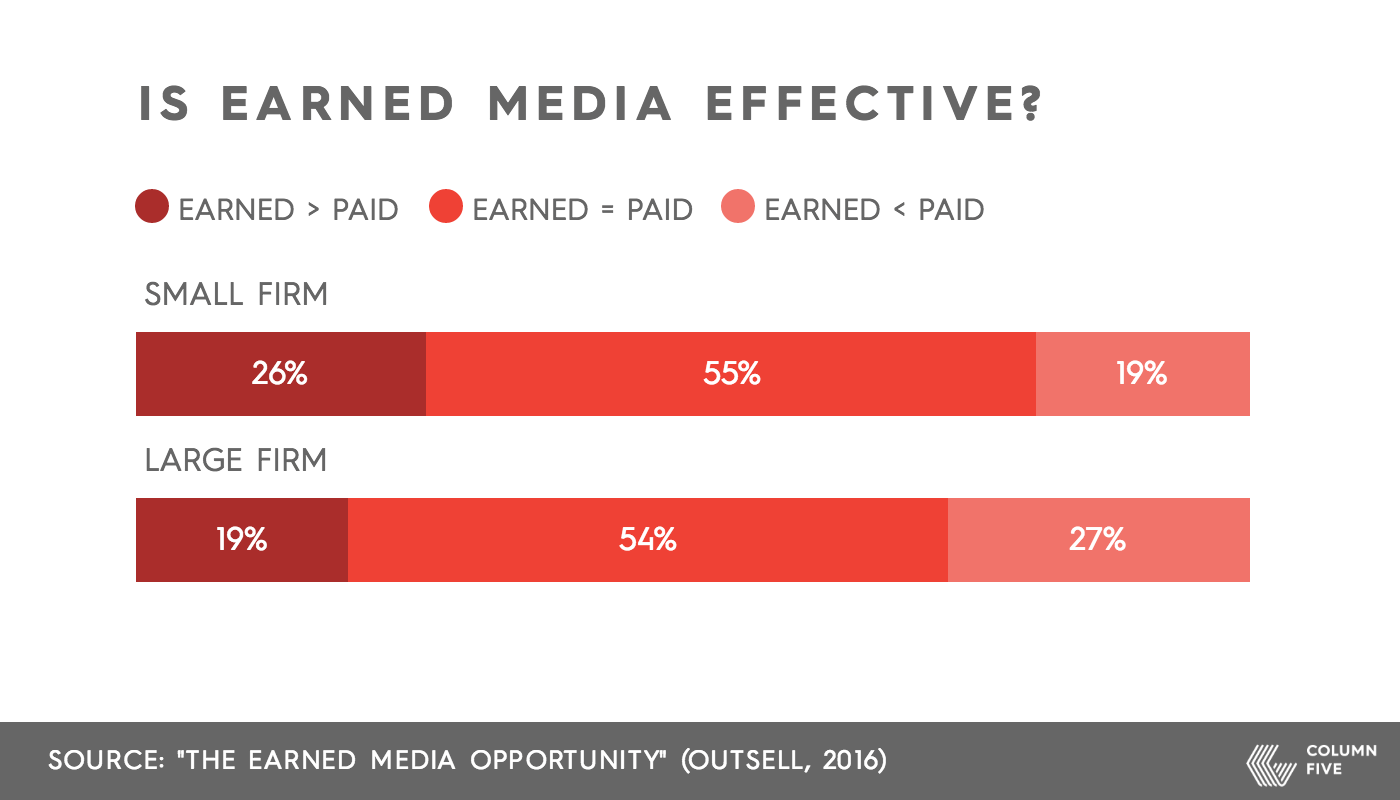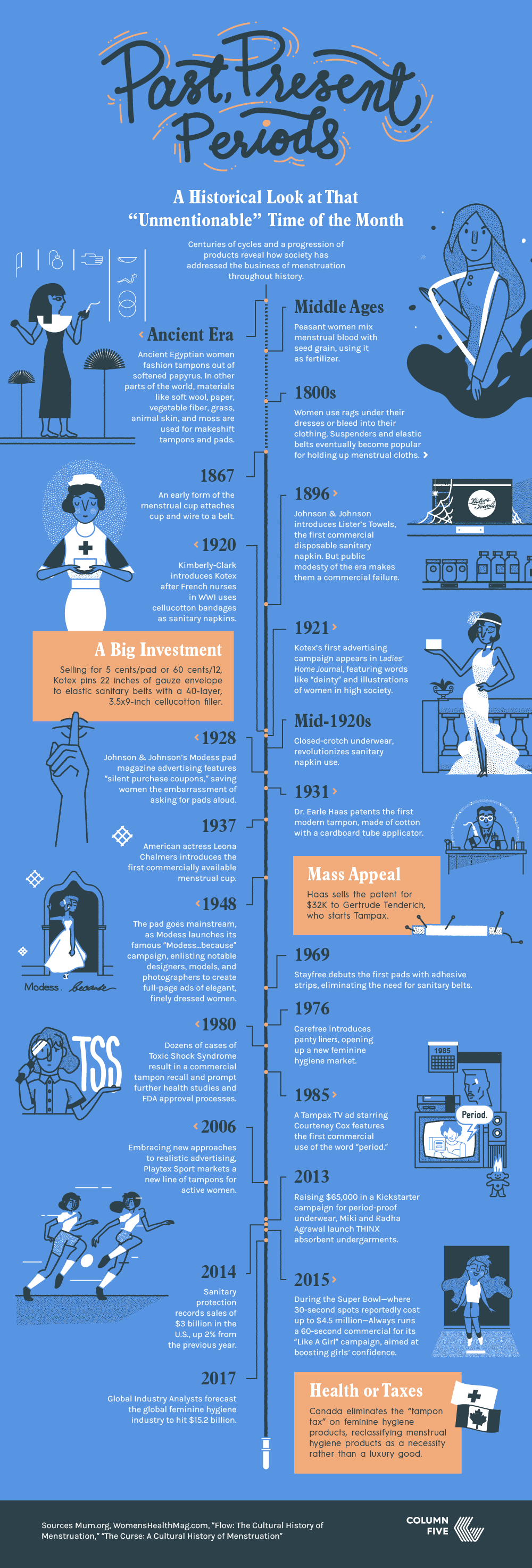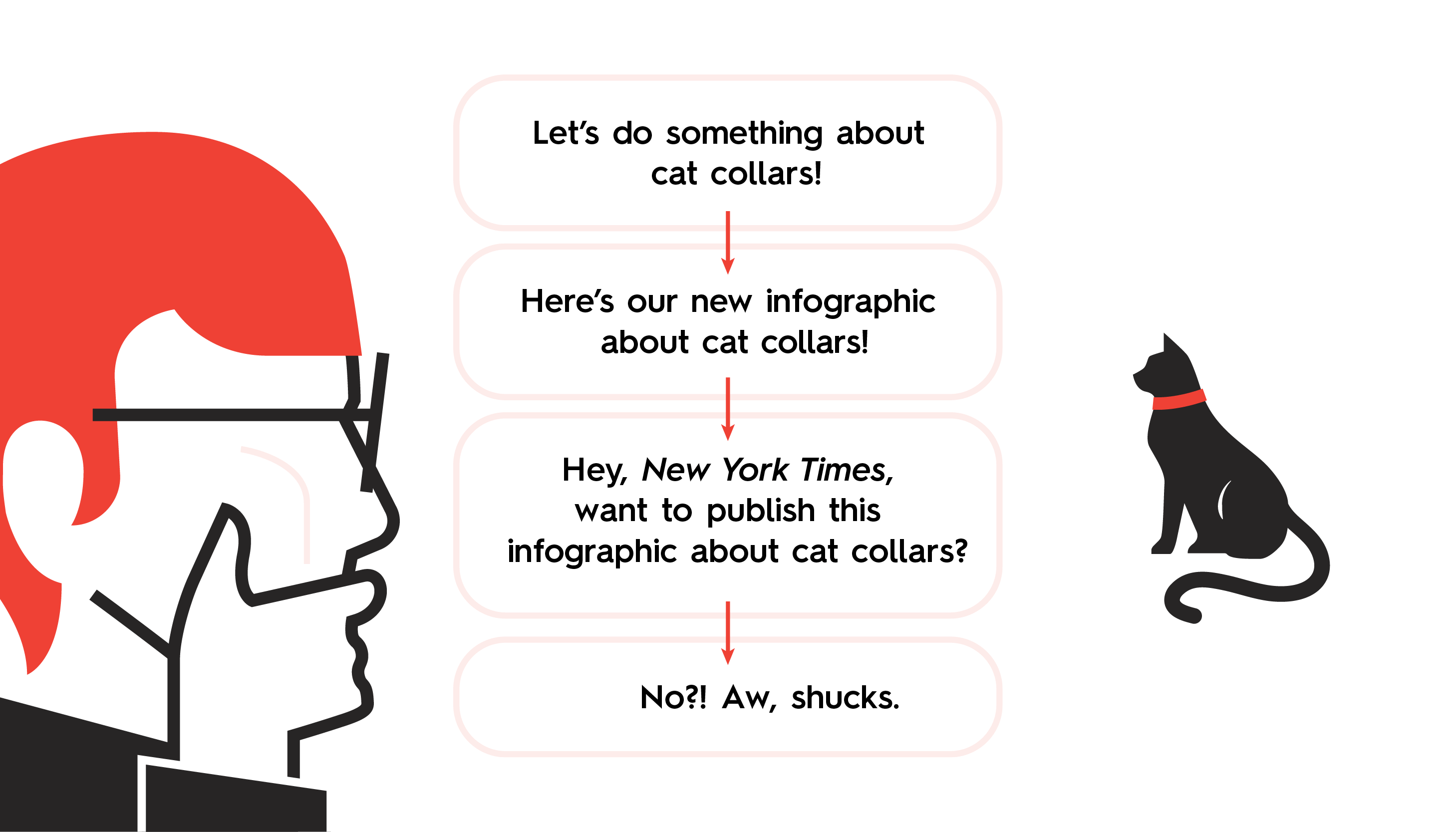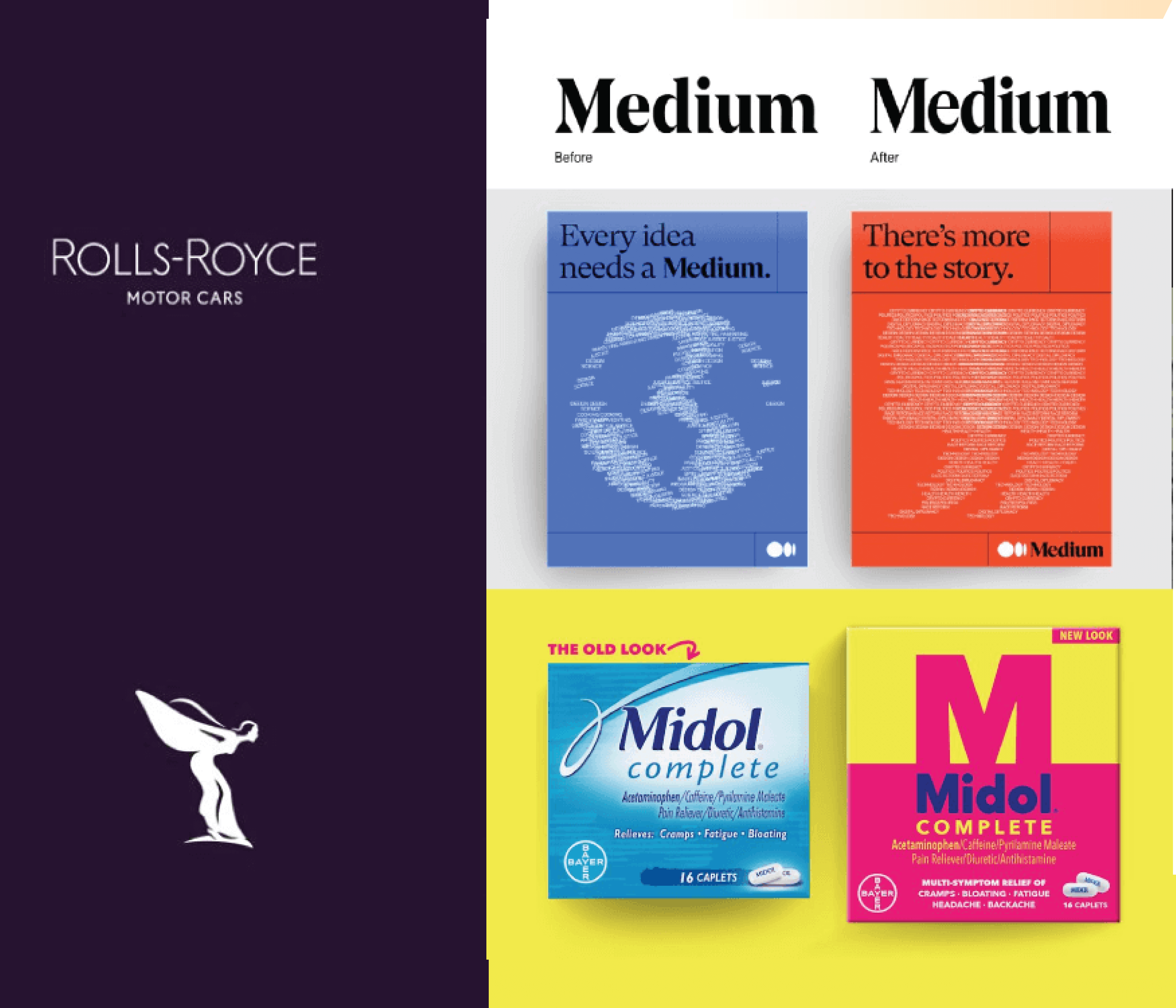Creating great content is only one-half of the content marketing equation. Getting eyeballs on that content is the other. Many brands have a handle on their owned and paid channels, doing their best to optimize their blog, build their newsletter, and run effective social campaigns. But when it comes to truly optimizing earned media, making great content for publishers and influencers to feature, brands often hit a wall.
According to a new survey from research and advisory firm Outsell (commissioned by PR Newswire), 81% of small-firm marketers and 73% of large-firm marketers consider earned media to be as effective or more effective than paid media.

Outsell research also found that audiences consider earned media to be the most authentic form of marketing.

How to Get Earned Media Coverage
As much as they may want earned media coverage, the truth is many brands simply struggle to promote their content through major sites and publications—or never try at all. Understandably, it can be a challenge for any marketer, whether you’re a solo operation or have a robust PR team behind you.
We feel your pain. Over and over, we’ve heard the same complaints.
“Why try? They’ll just say no”
Sure, they might. But remember that creating content for publishers is what they want you to do. You’re actually providing them a service (when you do it the right way) for several reasons.
- It’s free: You mean you have quality content that publications don’t have to produce themselves or pay for? Yes, they’ll take it.
- They don’t always have the resources: Publishers would produce more content if they could, but they may be lacking manpower, time, or skills. This is especially true when it comes to visual content.
- It makes them look good: Whether it’s a fresh story that might impress a higher-up or a sleek interactive that engages their audience, great content helps journalists and editors succeed.
“OK, but pitching is a lot of work—not enough ROI.”
Yeah, cold pitching 100 journalists with irrelevant content out of nowhere is a waste of time. But thinking strategically about your targets, creating content for publishers that serves editorial objectives, and nurturing those relationships provides plenty of ROI.
SEO/Traffic: Publishers and influencers have enormous followings and, subsequently, their sites carry strong domain authority. In addition to getting more eyes on your content, publishers will cite your brand as the source. Getting inbound links from major sites increases the health of your site, helping improve your overall SEO rankings. The more visible you are, the more traffic you get.
Conversions: According to Outsell, over the last few years (2013-2016), marketers identified “maximizing pre-qualification of our prospects” as the no. 1 area to allocate spending and 72% said “identifying and engaging with [the] right prospects at the right time” continues to be the biggest barrier to achieving their goals.
With earned media, it isn’t just traffic you gain—it’s quality traffic. By creating content for publishers in niche markets, you reach an audience comprised of your ideal consumers. They are far more likely to be interested and/or in need of your service or product. High-profile publishing is just taking their hand and leading them down the path to purchase.
Brand Awareness/Credibility: Getting placement in major publications is a great way to grow your audience and build your reputation. Because your brand is associated with sources they trust, your audience will view you, transitively, as trustworthy, and be more likely to engage with you in the future.
This is especially important for newer brands, who have a larger hurdle to clear. One of our biggest recent wins was getting a small startup placed on Upworthy. Now, they reference this placement in order to establish legitimacy with their prospective customers.
“Yeah, well, I don’t know where to start.”
Well, we do. It starts with shifting your approach. The key to getting your content published isn’t obsessively hounding publishers and praying they like your content. It’s creating the right content for publishers, content they love so much they can’t wait to feature it.
How to Make Great Content for Publishers
Oftentimes marketers make the same content marketing mistakes at both the content stage and the distribution stage, focusing on the brand’s needs and wants instead of its audience’s needs and wants. (Don’t know what your audience wants? Learn how to create customers personas to find out.)
The creative process tends to go something like this:
To increase your chances of placement, you need to reverse the process. You have to start with your target publication in mind, create content intentionally, and lay the groundwork for distribution all the while. 
1) Choose Your Targets
Before scheduling any creative brainstorm, you need to establish your end goal. That means identifying exactly which publications you want to earned media coverage in.
This does require legwork up top, but what’s worse: taking time for due diligence or wasting that same time and energy on an ineffective piece of content?
Identify your audience: Who are you trying to reach? At what level (broad or niche?) Figure out where they get their media.
- What subjects do they like?
- What information do they crave?
- Where do they go for industry info?
- What types of sites do they trust, including social channels?
- What newsletters do they subscribe to?
The answers to these questions should come both from your knowledge and directly from your consumers. You can send over a quick email to ask them about their favorite (aka bookmarked) publications. Once you have this info, you can start to look at the major media players in that space.
Create a list of publications: Now is the time to assess which publications most align with your audience’s habits. These may include:
- Major news outlets
- Industry publications
- Professional organizations
- Popular blogs
- Other relevant sites
Narrow it down: Which publications are most likely to connect you with the audience that you’d like to convert? Which will serve your goals? Choose your top 3, then get to researching.
The goal here is to learn what type of content these targets publish, both in terms of subject, format, and angle. These questions will help you figure out whether or not the publication is truly the right fit and if your brand is capable of producing that type of content. Things to research:
- Topics covered
- Overall aesthetic
- Content types (articles, infographics, interactives, video, etc.)
Identify your contacts: You don’t want to email an entire publication. Show your professional intelligence by figuring out who covers what and searching for their contact info. Some useful tools:
- Muck Rack helps you find journalists in your industry.
- Group High helps you find bloggers and influencers.
- LinkedIn may help you find publishers you’re directly or indirectly connected with.
2) Reach Out to Targets
The key to getting earned media placement is building relationships with journalists is doing your due diligence and approaching them professionally.
Establish your relationship: Your first goal isn’t to pitch a story; it’s to get on their radar and start a dialogue. To do this, you should follow them on Twitter, comment on their articles, connect with them on LinkedIn, and stay up to date on the topics they cover.
You’ll have their contact info by now, so reach out with an intro email to introduce yourself. Let them know you’d like to help provide support and want to know what content they’re most interested in.
You want to mine your contacts for information that will help you brainstorm an idea they’ll love. A few prompts:
- What content types perform best on your site?
- What topics do your readers most enjoy or engage with?
- Do you have any recent posts that could benefit from supplemental visual content?
- Which forms of visual content engage your readers most?
- Are there any particular topics/trends you’re covering right now?
- What content do you wish you had the resources to produce?
Note: Be considerate of journalists’ time and schedules. A sports editor will obviously be very busy around the Super Bowl.
Get their editorial calendar: Editorial calendars are often available at publishers’ websites (try the Advertising or Media Kit sections), although you might have to ask. This will help you identify content opportunities—and those to avoid altogether. (For example, a candy company might not want to pitch during National Children’s Dental Health Month in February.)
The editorial calendar will also give you a sense of the publishers’ timeline. Some publications work very far in advance, meaning you might have to pitch Christmas ideas in July.
Example: Mashable published our #PeopleforPeriods interactive and infographic, which we created to de-stigmatize menstruation, in honor of Menstrual Hygiene Day.

3) Get Your Brainstorm On
Armed with all of this information, you can start brainstorming content ideas that will appeal to your targets publications. In addition to publication-specific angles, follow these guidelines for publisher preferences.
WHAT PUBLISHERS LOVE
- Fresh stories: Publishers want a story that hasn’t been covered a million times before. This helps them differentiate from the competition and engage readers. That doesn’t mean certain subjects are off-limits, but you should find an unusual angle or surprising insight that tells a unique story.
- Data-driven topics: New research, studies, reports, or data sets provide an additional layer of story—particularly when it shows current or future trends.
- Measurements of ROI: Any data that shows a direct correlation between an action and a successful result tells a great story.
- Relatability: Any story that is relevant to the individual or personally actionable is highly coveted. This is especially true for data sets where readers can “find” themselves in the data—think interactive maps, city-specific stories, generation- or gender-specific content, etc. Relatable stories spark curiosity and result in greater engagement.
WHAT PUBLISHERS HATE
- Overly branded content
- Stale or overly saturated topics
- Too much copy/content in visual content
- Irrelevant topics
- Poorly produced content (both in writing and design)
- Questionable sources (highly biased groups, skewed or misleading data)
- Content that doesn’t fit publication tone/voice
Once you have your brilliant idea, you’ll want to run it by your publisher contact to confirm that you’re headed in the right direction. This is their opportunity to suggest feedback, additions, or a different direction.
Note: It is important to have journalists vet your ideas at this stage. If you approach them too early with a “general” topic or an open-ended request for story ideas, you are putting pressure on them to come up with a story idea for you, which they have no time for.
Conversely, if you approach them after your idea has been fleshed out and designed, you risk wasting time and resources if they’re not interested or would prefer a shift in direction.
CAVEAT: Even if a journalist expressed interest or buy-in, publishing can be a finicky world. Depending on news, trends, or editorial direction, they may backtrack or dismiss the idea. If so, ask if you can come back with more.
Example: This infographic by Jobvite shows you how to create a strong employer branding strategy to recruit quality employees. Inc. published it because it helped solve a specific problem their audience faces.

4) Create Your Content
Once you have a great idea, you need great execution. Whether it’s an article or visual piece, creating compelling content is the key to making publishers fall in love with you. Remember, above all, that you are telling a story—not your brand story. Maintain quality in both story and design.
STORY
- Craft a focused narrative: Your job is to tell a cohesive story of substance, not write a volume or cobble together a handful of facts (a problem we often see with infographics).
- Speak the right language: This is very important for publications. Your content should mimic their approach in tone, style, and format.
- Demonstrate your expertise: There is a reason you’re telling this story. It’s because you are knowledgeable and capable. Build on the current conversation, bring in authority sources, including data, research, and studies, to support the story.
- Be transparent: Audiences get information from publications because they trust them. Don’t jeopardize that relationship or your relationship with the journalist by including inaccurate information. Cite solid sources, fact-check, and proofread.
DESIGN
- Don’t distract with design: Design should always reflect the story tone and subject matter. But remember that design is meant to enhance—not overpower—the story, through color, photography, illustration, data visualization, etc. (Specifically, avoid these 8 common design mistakes.)
- Match publication style: Use the appropriate colors and visual language elements.
- Create a clear hierarchy: Make it easy to navigate through the visual content. A good viewer experience will reflect better on you.
- Follow data visualization best practices: Remember the Fox News pie chart that adds up to 193%? We, personally, will never forget it. Accurate representation is crucial. (See this guide to designing common charts and graphs.)
Example: This data-heavy Captora infographic on the ROI of content marketing was published by Entrepreneur, Mashable, and Inc.

5) Share Your Work
Once you have your beautiful, vetted content prepped and ready to go, send it over to your contact.
- Use an attention-grabbing subject line: This goes for potential headlines, too.
- Keep your pitch personal and brief: Put the story front and center.
- Highlight key takeaways: Include a brief overview, as well as a few bullet-points or “tweetable” stats so the journalist doesn’t have to dig for them.
- Include multiple story angles: Pitch stories that will best align with their audience. If appropriate, offer to write a sample post (especially for infographics) if the journalist is strapped for time.
Example: High-tech brand Oerlikon wrote an article, including infographics and other visuals, for their site on the subject of how air travel is affecting the business of airplane manufacturing. Not only did Business Insider publish the visuals, they actually syndicated the entire article.

How to Make Your Content a Success Long-Term
Frankly, there is always the possibility that a journalist will pass on your content for one reason or another. Worst case, you can pitch to a different publication or publish yourself knowing you have a great idea that resonates with your target audience. But the more you get used to pitching, the more likely you are to get the earned media coverage you’re after.
What matters most is approaching your content strategically. For more tips to do that…
- See our complete guide to build a successful content strategy.
- Find out how to get more eyes on your content with a proper content distribution strategy.
- Find out how to optimize your content for distribution.
And if you need a little help reaching the right audience, we’re always happy to chat.







I’d like to give you a publisher’s perspective on this. I publish a local health and wellness magazines and occasionally am contacted by a PR person asking me to publish earned media for them. Just this week a PR person contacted me and asked if I would be interested in “covering” an event at a fitness center that is her client. So, she expected me to block out a few hours, drive to this place, take notes on the event, write, have me editor edit and publish an article to give her paying client some publicity. Why should I do that? I have staff writers and freelancers who produce more than enough quality editorial content. So, I should pull one of their articles that I’ve already paid for to put in this article that my readers likely will not be interested in? She countered with an offer to write a monthly column or a feature article for later in the year. Again, why should I do this? I’m not a charity that gives away free publicity. I’m a business. I have expenses. Each page costs me money to produce and distribute. I occasionally give free space to non-profits but not to for profit businesses. I give my paid advertisers local editorial space and write the articles for them but I can’t afford to give away space to businesses that don’t advertise. I’m actually a little offended to be asked. Here is a person who makes her living asking publishers for free stuff. Her clients would be better off if they just paid me and then they would get both ads and supporting editorial content. So, cut out the middle man. Forget hiring someone to get you some free stuff. Go directly to your local media outlets and see what they have to offer and what their rates are.